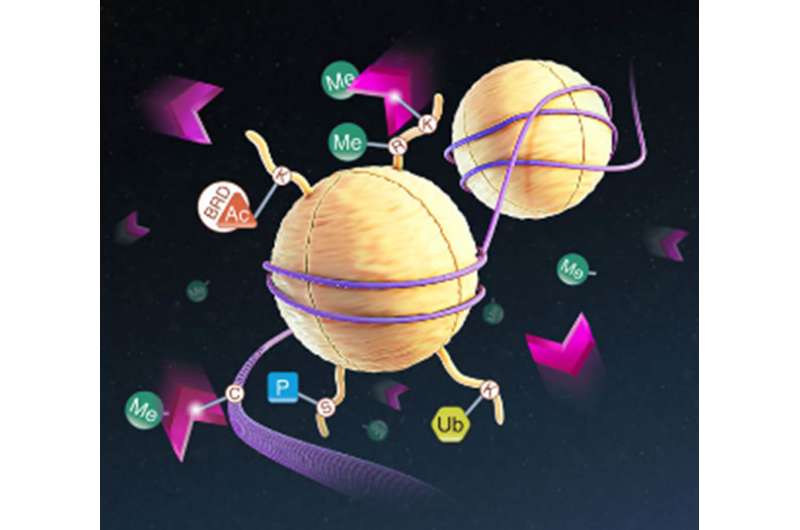Bioluminescent succinate detection monitors dioxygenases and JMJC demethylases

A new (and freely available) original research article published ahead-of-print at SLAS Discovery Online describes a new methodology that enables the investigation of a large number of structurally conserved enzymes belonging to the Fe(II)/2-oxoglutarate-dependent dioxygenase superfamily. This superfamily comprises approximately 60 enzymes that are responsible for regulating a wide number of biological processes including epigenetic regulation, DNA/RNA repair and oxygen sensing. Of these, JumonjiC histone lysine demethylases (JMJCs) and prolyl hydroxylases are potential drug targets because of their relevance to human diseases.
Succinate is a common product to all Fe(II)/2-oxoglutarate-dependent dioxygenase reactions. A new homogeneous assay by Alves et al. of Promega Corporation (Madison, WI) detects succinate using luminescence. This assay enables scientists to characterize the biochemical activity of virtually any enzyme that produces succinate, regardless of the substrate chemical structure. This demonstrates the universality of the assay and its advantages over assays that usually depend on the modification or labeling of either the substrate or the reagent needed to capture or monitor the product.
The authors present an array of applications for their method. Using a miniaturized format, they characterize the enzymatic activity of several JumonjiC histone demethylases and other dioxygenases, for which high-throughput screening methods are currently unavailable. Using this simple succinate detection assay, the authors investigate substrate specificities and determine apparent kinetic parameters for different enzymes. They also validate the method as a screening tool for inhibitors using the LOPAC 1280 compound library and study the mode of action of selected hits against members of this enzyme family.
Bioluminescent succinate detection is resistant to chemical interference and it is effective for characterizing multiple Fe(II)/2-oxoglutarate-dependent dioxygenases with diverse substrate structures in a single format. By investigating a large number of these enzymes, this method could have a significant impact on the field of dioxygenase research.
More information: Juliano Alves et al, Bioluminescent High-Throughput Succinate Detection Method for Monitoring the Activity of JMJC Histone Demethylases and Fe(II)/2-Oxoglutarate-Dependent Dioxygenases, SLAS DISCOVERY: Advancing Life Sciences R&D (2017). DOI: 10.1177/2472555217745657
Provided by Society for Laboratory Automation and Screening



















